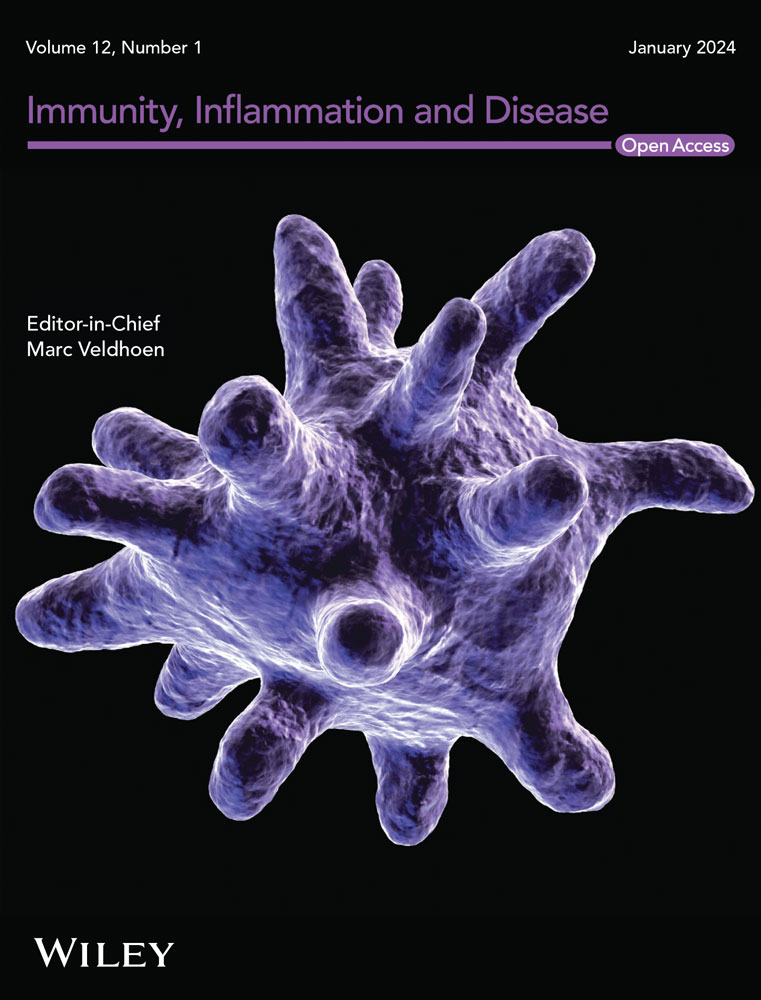Systemic Lupus Erythematosus Presenting as Anorexia Nervosa in a Middle-Aged Woman: A Rare Case Report and Literature Review
Abstract
Background
Systemic lupus erythematosus (SLE) is a complex autoimmune disease with multisystemic involvement and unclear etiology. Although SLE could be linked to multiple neuropsychiatric manifestations, the co-occurrence of anorexia nervosa was only described through a few case reports that mainly affected children and adolescents.
Case Presentation
a 40-year-old Filipina woman presented to hospital with a 3-day history of agitation, anorexia and auditory hallucinations. She also had restrictive dietary habits with substantial weight loss and excessive fear of weight gain for the past several months. Her medical history was also noticeable for a 3-month history of erythematous non-itchy skin rash. On examination, the patient was pale and underweight. She had angular stomatitis, bilateral exophthalmos, and diffuse goiter. Skin examination revealed diffuse scaly and erythematous rash over the neck and upper torso with post-inflammatory skin discoloration. Laboratory investigations showed pancytopenia, high serum creatinine, and +1 proteinuria. Further workup confirmed thyrotoxicosis due to Graves disease as well as having multiple positive autoantibodies including antinuclear antibody (ANA) which were suggestive for SLE. A subsequent kidney biopsy demonstrated class IV diffuse lupus nephritis. The patient was treated successfully with intravenous pulse steroid therapy, rituximab, and antithyroid medications with no residual symptoms or laboratory abnormalities.
Conclusions
The concurrence of anorexia nervosa with SLE and the complete resolution of anorexia nervosa symptoms with immunosuppressive therapy suggest common autoinflammatory pathogenesis for both conditions. Further research is needed to elucidate any potential association between SLE and anorexia nervosa.

 求助内容:
求助内容: 应助结果提醒方式:
应助结果提醒方式:


